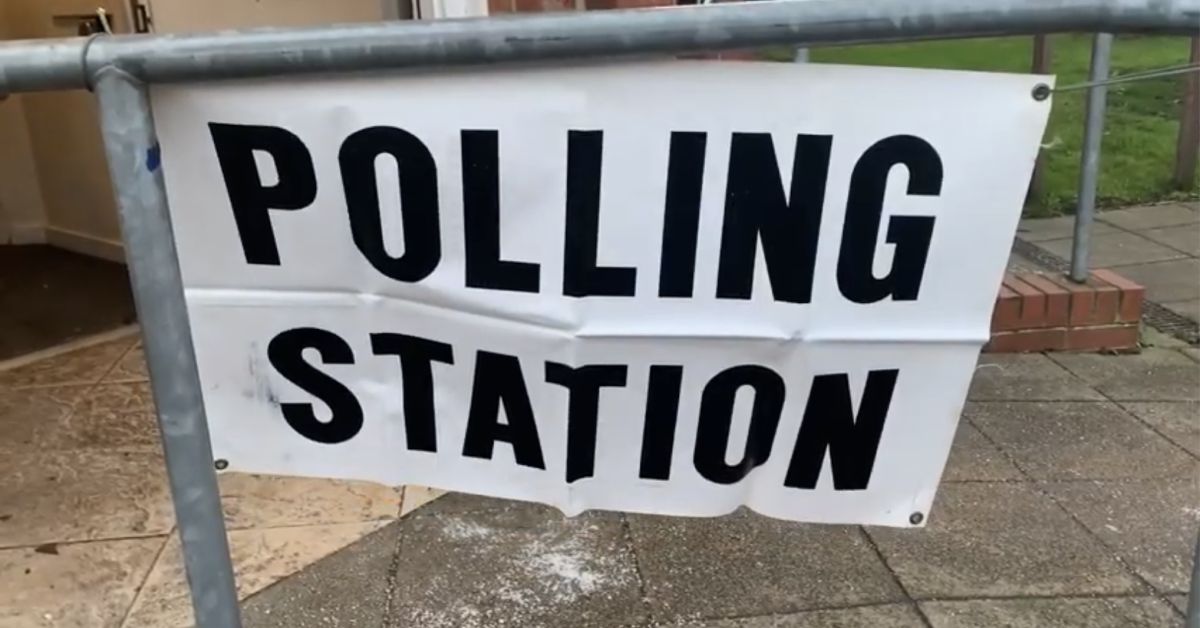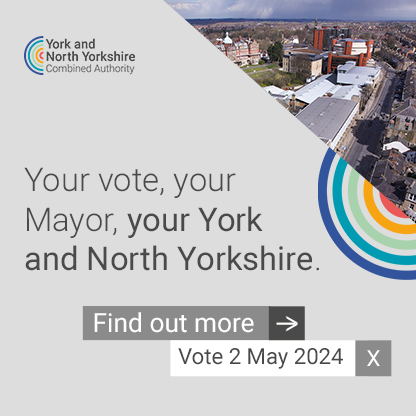When voters in the Harrogate district head to the polls on May 5, the wards they fall into will look very different.
Twenty-one of the 89 councillors elected to the new North Yorkshire Council will be from the district.
Currently, councillors elected to Harrogate Borough Council and North Yorkshire County Council represent 57 wards – 40 on the borough council and 17 on the county council.
So the new wards will be much bigger and there will be far fewer in total. Each one will average 6,194 residents to one representative.
The cull of councillors has led to allegations that the district will be under-represented on the new North Yorkshire Council
But ruling Conservatives on the current North Yorkshire County Council argue the new authority will be more efficient and that the new boundaries could be subject to change in five years time.
What are the new wards?
The Harrogate district will have 21 seats on the new council.
Of that number, 13 are in Harrogate and Knaresborough with the remaining eight covering Pateley Bridge, Masham and Ripon.
Harrogate itself will have nine wards, while Knaresborough will have two and Boroughbridge a single seat.
The changes to boundaries have seen seats such as Starbeck merged with Fairfax and Hookstone and Woodlands now joins the Stray to form a new ward.
Meanwhile, Bilton have two seats with Bilton and Nidd Gorge and Bilton Grange and New Park.
In Knaresborough, the town will be divided into Knaresborough East and Knaresborough West.
The full list of wards
- Bilton & Nidd Gorge
- Bilton Grange & New Park
- Boroughbridge & Claro
- Coppice Valley & Duchy
- Fairfax & Starbeck
- Harlow & St Georges
- High Harrogate & Kingsley
- Killinghall, Hampsthwaite & Saltergate
- Knaresborough East
- Knaresborough West
- Masham & Fountains
- Oatlands & Pannal
- Ouseburn
- Pateley Bridge & Nidderdale
- Ripon Minster & Moorside
- Ripon Ure Bank & Spa
- Spofforth with Lower Wharfedale & Tockwith
- Stray, Woodlands and Hookstone
- Valley Gardens & Central Harrogate
- Washburn & Birstwith
- Wathvale & Bishop Monkton
Harrogate and Knaresborough ‘considerably underrepresented’
The proposal for the wards was signed off by the government as part of the Structural Changes Order in January.
However, Philip Broadbank, a Liberal Democrat councillor on both Harrogate Borough Council and North Yorkshire County Council, attempted to change the boundaries after criticising them as underrepresenting Harrogate and Knaresborough.
He said:
“In my view, it makes this largest urban area in the county considerably underrepresented on the new authority.”
Read more:
- Dispute over Harrogate council by-election raised in House of Lords
- No deals expected between Harrogate district opposition parties ahead of election
Cllr Broadbank submitted a fresh proposal, which would have reduced the average resident to councillor number from 6,194 to 5,329 – which is the number seen in other districts. However, this was rejected by the government.
However, Conservative Cllr John Weighell, who led the working group on the council boundaries, told Cllr Broadbank previously:
“I do accept underrepresentation, I always have, but I think this is absolutely the only way to maintain community identity.
“Of the 18 Harrogate and Knaresborough members currently in the borough council area, 16 are twin-hatted and that says everything really.
“Some people are saying ‘we can’t represent that number of residents’ – but they are doing it already.”
The new arrangements will stay in place until 2027 when the Boundary Commission will carry out a full review.
Across North Yorkshire, there would be 89 councillors serving the county’s 600,000 population.
This would be a higher proportion of representatives than the 99 that serve Leeds’ 800,000 residents, but a lower proportion than the 126 councillors who serve County Durham’s 425,000 population.






